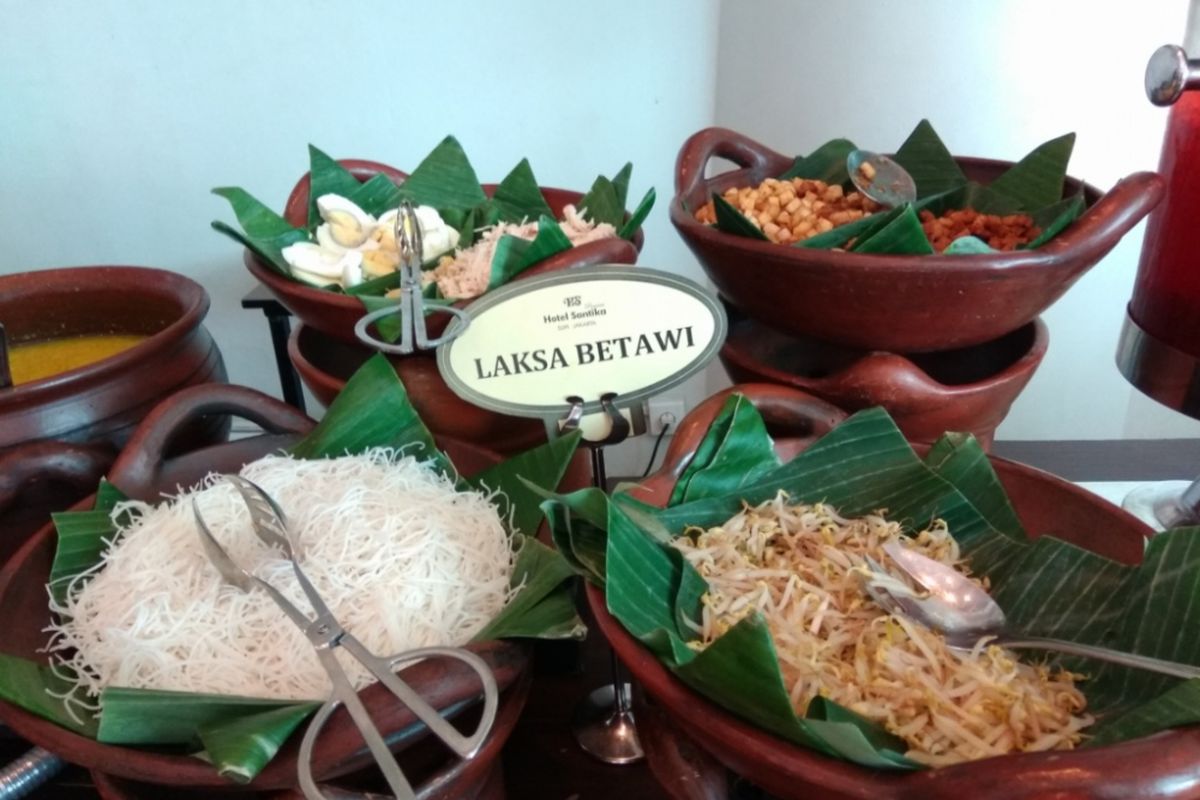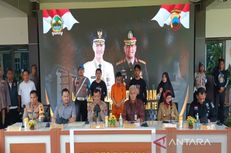Off the Beaten Track: The Underrated Traditional Betawi Cuisine

JAKARTA, KOMPAS.com – The combination of spices and herbs in various Indonesia’s Betawi (native Jakarta) dishes delivers layers of flavors. Its uniqueness, however, does not get enough media mileage even locally and remains little known worldwide.
The only time the dishes become a topic of discussion is when Jakarta celebrates its anniversary, which falls on June 22. The media will run photos and stories on the most popular Betawi dishes in town. Photos of favorite Betawi food will be posted on social media platforms along with the warmest wishes in conjunction with the anniversary.
Betawi cuisine deserves credit for its semur daging or meat stew braised in brown gravy, which is unique on its own. Food lovers can easily find nasi uduk or steamed rice cooked in coconut milk and spices prepared by street peddlers or hotel dining rooms. Also kerak telor, a Betawi version of spicy omelet served by shoulder pole vendors.
Betawi traditional food that is rich in taste has gone through a long process of acculturation. Jakarta, which was known as Batavia during the Dutch colonialism, was the economic center of the archipelago.
Cultural observer Yahya Andi Saputra said that the Sunda Kelapa Port in Batavia played a significant role in trade activity. Many merchants across the archipelago, Asia and Europe came to Batavia through Sunda Kelapa Port.
Also read: Jakarta Discontinues Car Free Day
“Ethnic interaction was strongly developed among nations, especially in the town. The town, which was a melting pot, known as Sunda Kelapa. It was named Jayakarta before it was popularly known as Batavia,” Yahya told Kompas.com on Wednesday, June 17.
The Betawi community at that time had already created their own cuisine, but it was different from what we have now. Their food was influenced by the acculturation between the Betawi people and other ethnic groups in Batavia. The interaction had influenced them in using certain ingredients or cooking techniques.
“They learned from each other how to mix ingredients when making nasi kebuli (rice pilaf), semur, and traditional snacks. For example, they learned to use utensils when mixing the ingredients and no longer with bare hands for hygiene purposes,” he said.
Foreign influence in Betawi dishes
According to the Betawi Cultural Agency's official website, various ethnicities such as the Chinese, Indian, Arab, Portuguese, and Dutch have played a significant influence in Betawi cuisine.
The website cited as an example the acculturation between the Betawi people and the Chinese, which had influenced them in cooking noodles and meatballs. However, the Betawi ethnic who are mostly Moslem replaced pork meat with beef or chicken as pork is prohibited.
Also read: Air Pollution in Jakarta Worsens during New Normal Transition
Other ingredients, it added, such as rice noodle and bean curd were brought by the Chinese and those became important ingredients in soto (noodle soup), ketoprak (vermicelli and vegetables), fried beansprout and many more.
Meanwhile, the Indians who were traders from Gujarat and known as reliable cooks introduced the use of coconut milk, which then became widely used by the Betawi people.































